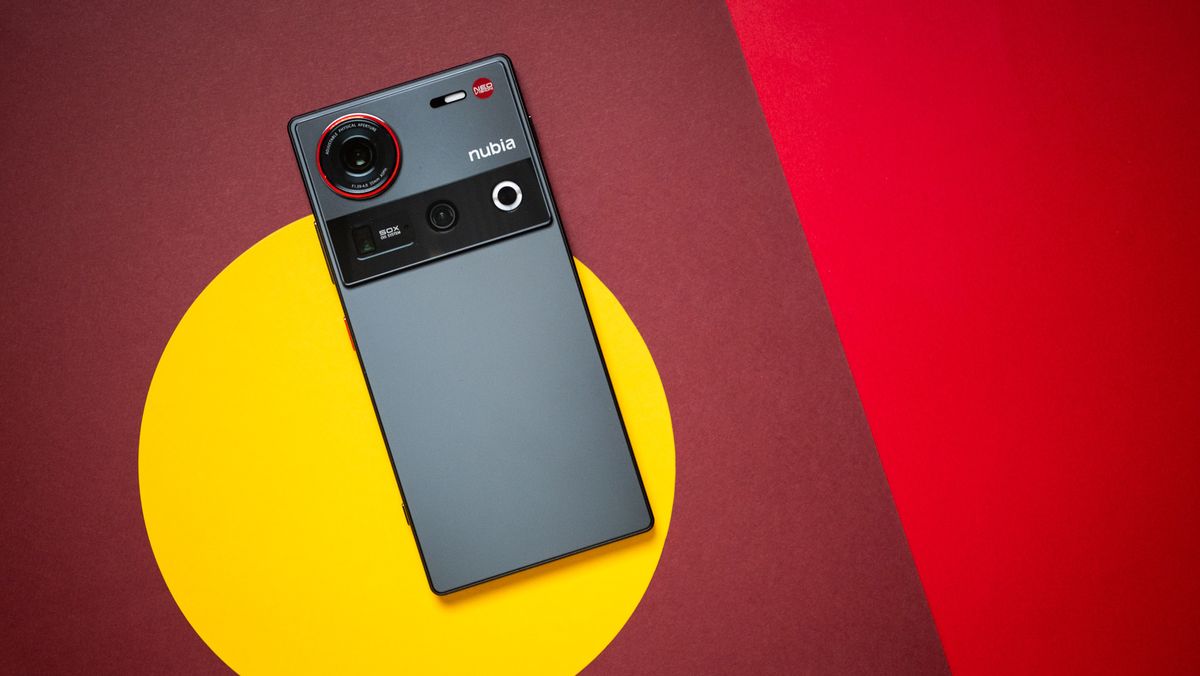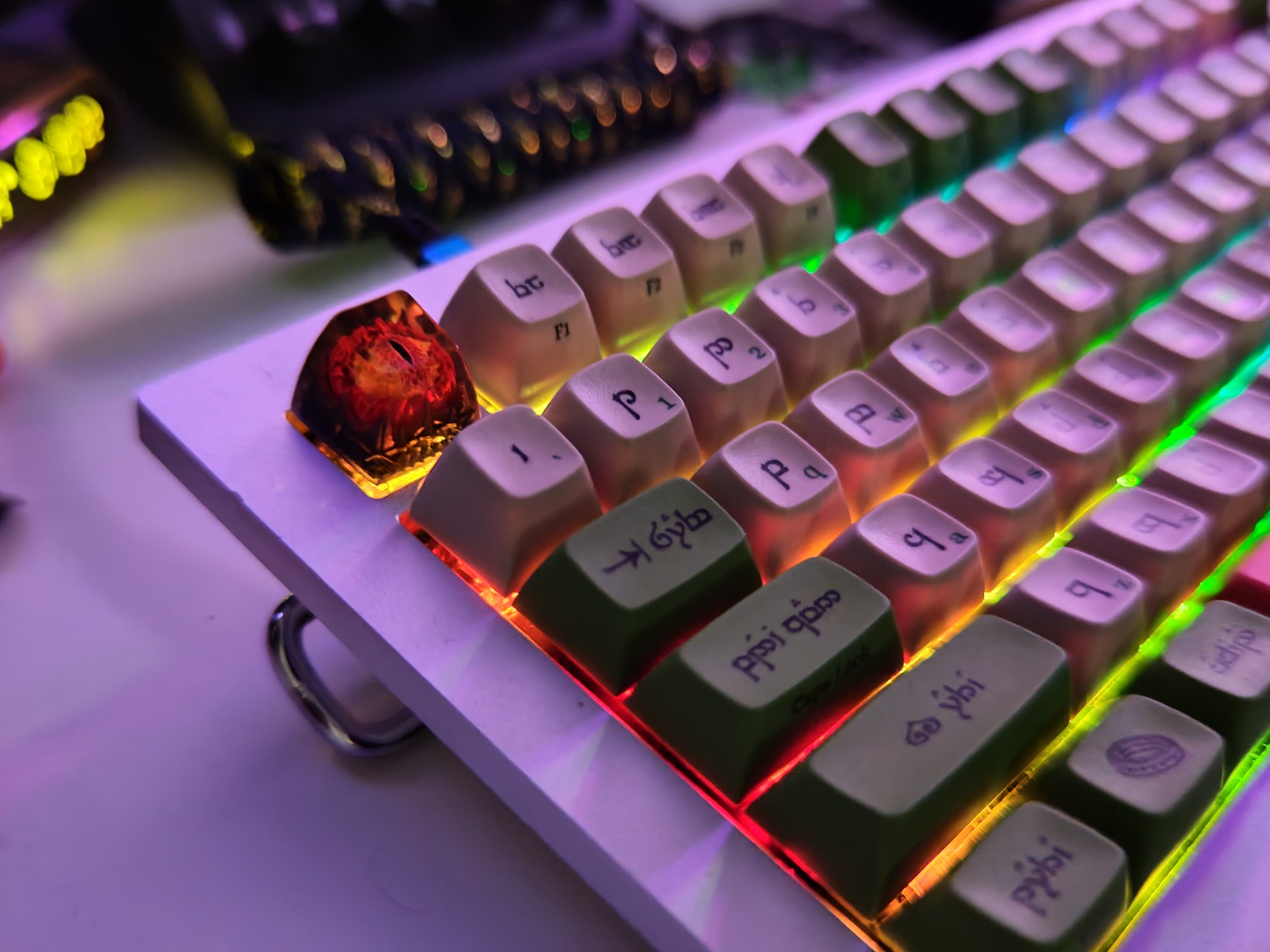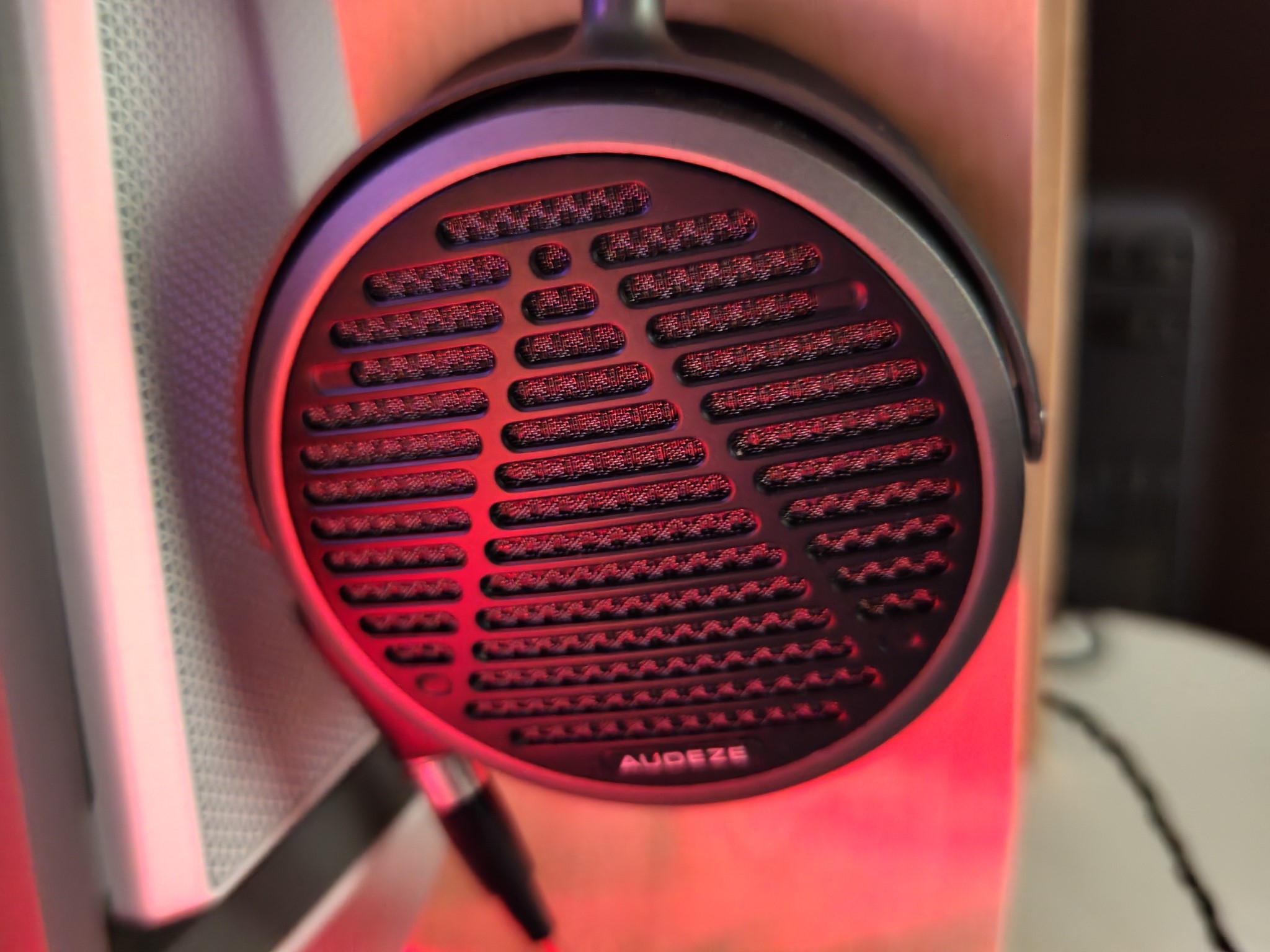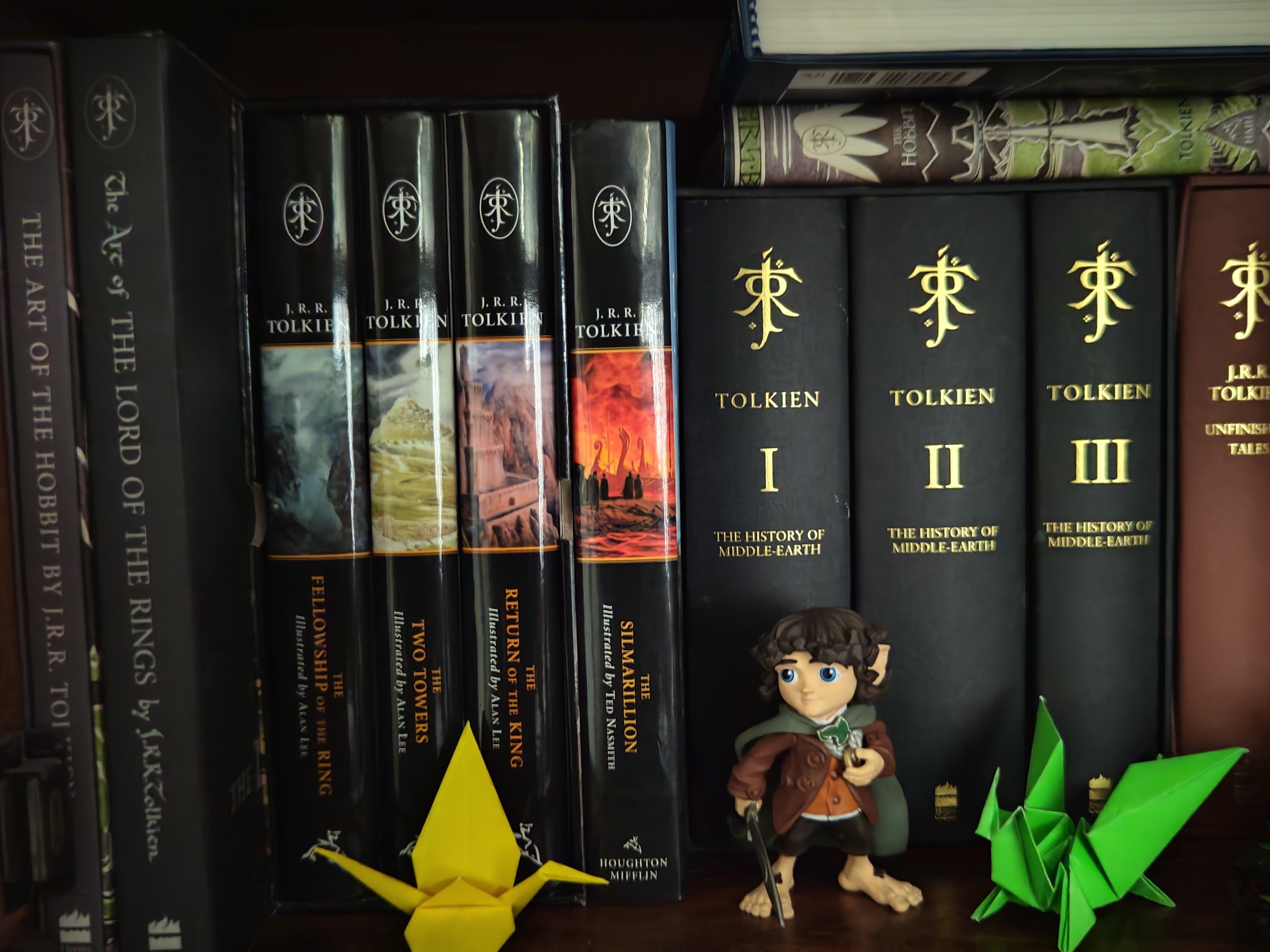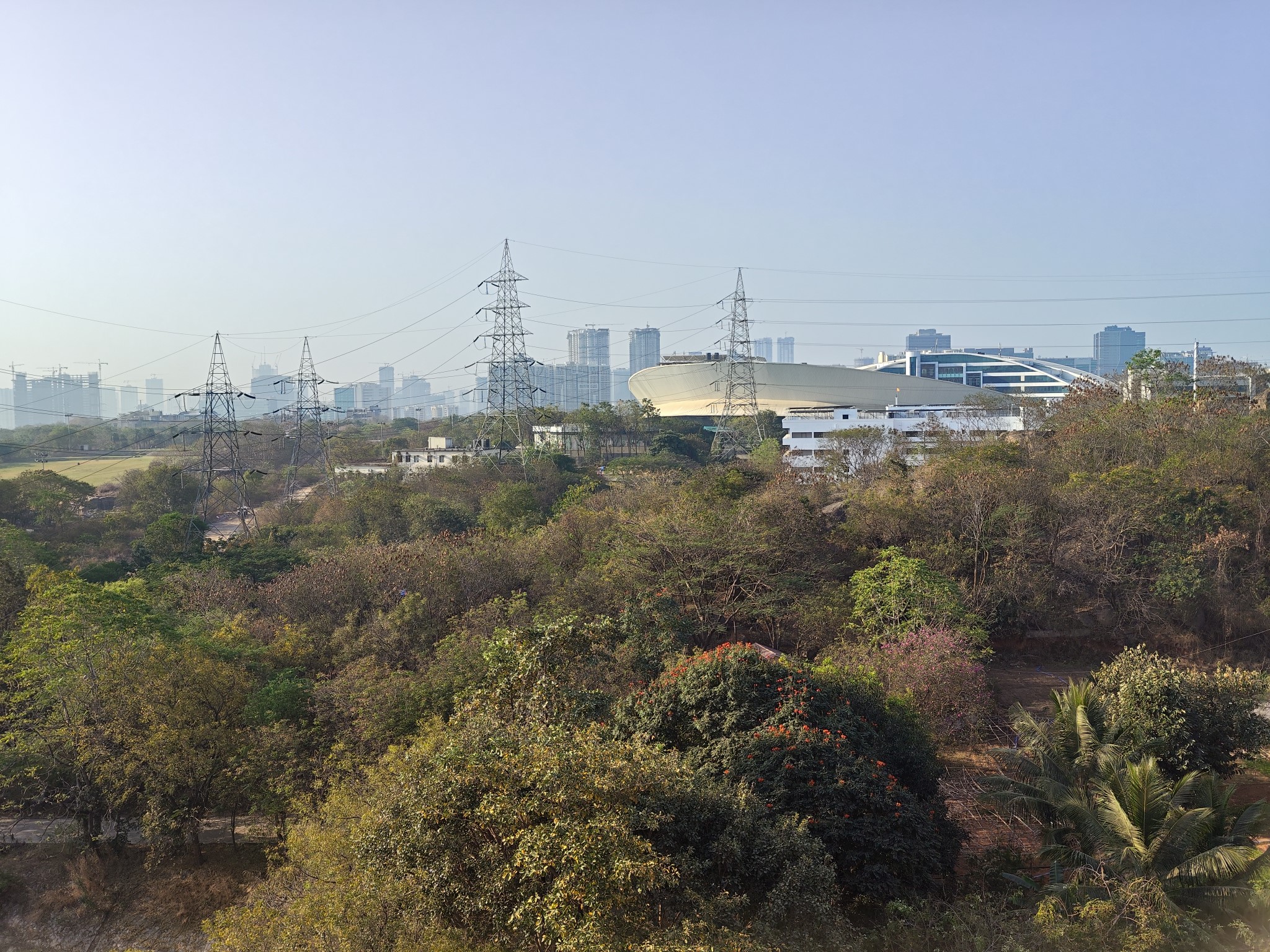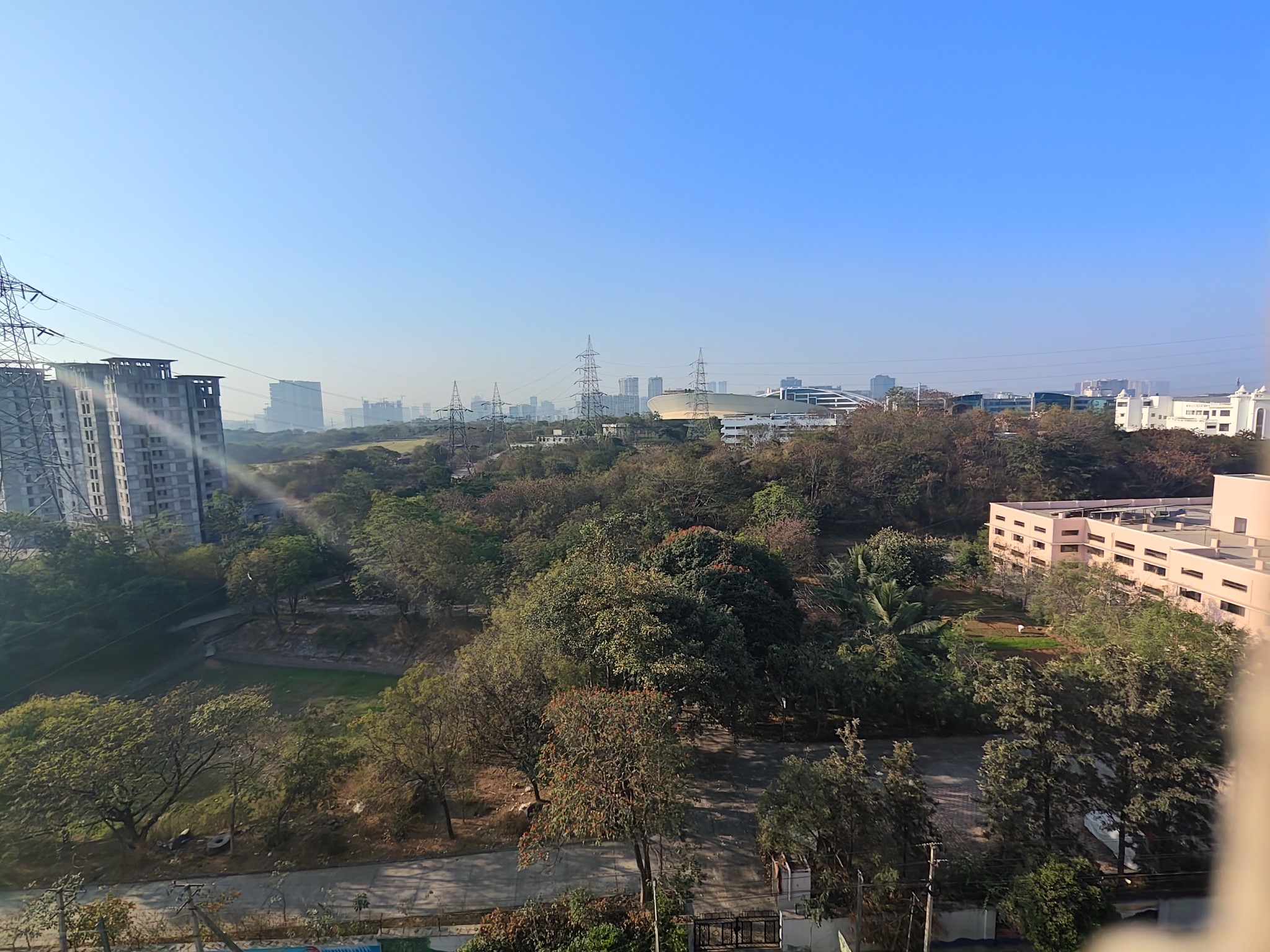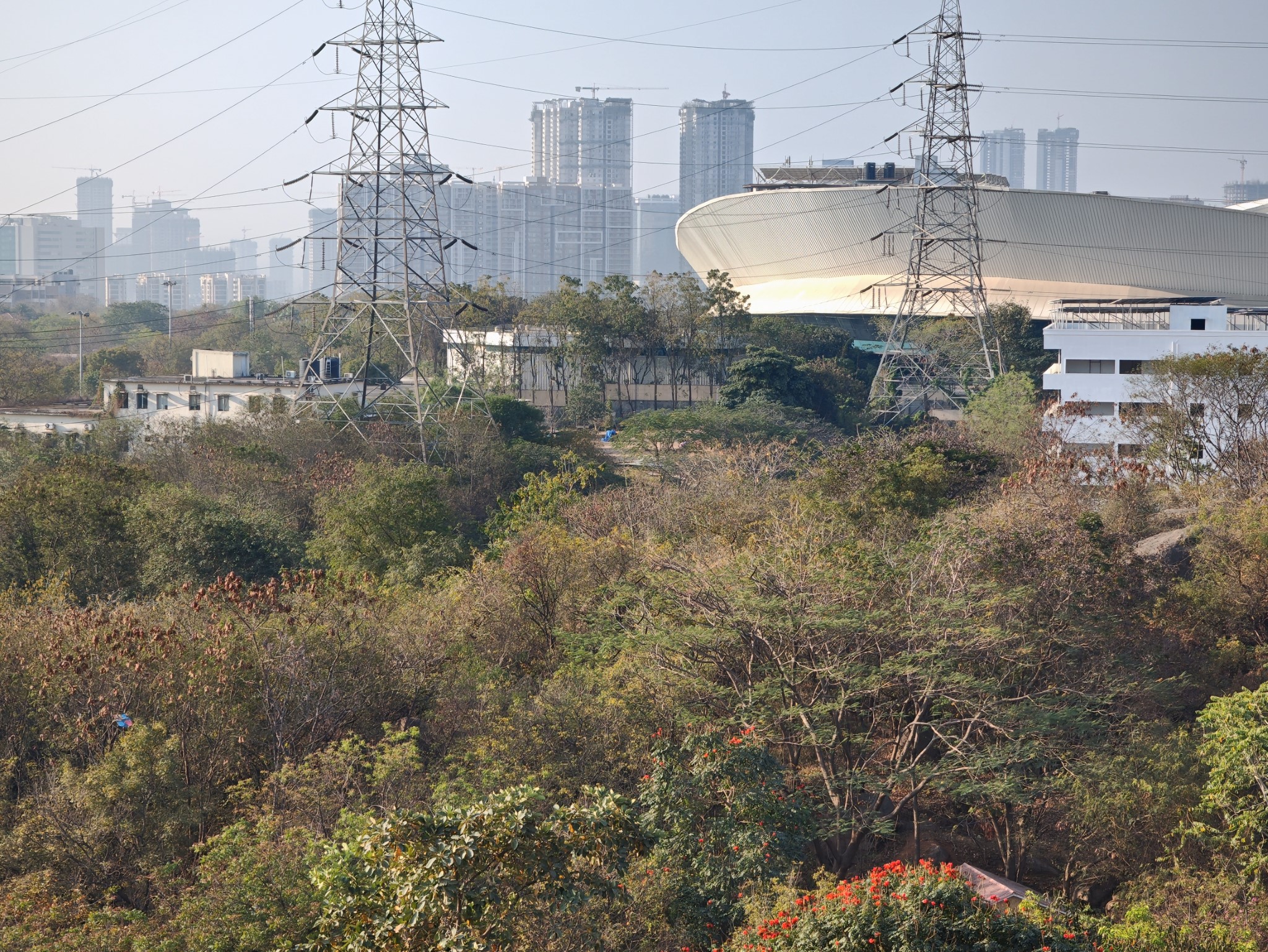Nubia clearly knows how to make phones that stand out; its Redmagic series of gaming phones have flamboyant designs, and the Z series has unique cameras. I enjoyed using the Z60 Ultra last year, and while the software was buggy at times and the camera quality wasn’t the best, the hardware was among the best of any phone I tested.
Not much has changed with the Z70 Ultra, and that’s a good thing. The phone shares the same design language, and it’s just as massive as last year. Another plus point is the AMOLED panel; Nubia continues to deliver a screen that doesn’t have any noticeable camera cutout, and that’s a big deal.
The internal hardware has been refreshed to include Qualcomm’s latest silicon, and you get an even bigger 6150mAh battery this time around. The 50MP camera at the back has a 35mm lens, and you get extras that aren’t available on any other device. Nubia didn’t mess with the software either, and you get a clean interface that doesn’t have much bloatware.
Like previous years, Nubia managed to undercut its immediate rivals, and the result is a device that gives you the latest hardware without the inflated price tag.
Nubia Z70 Ultra: Pricing and availability
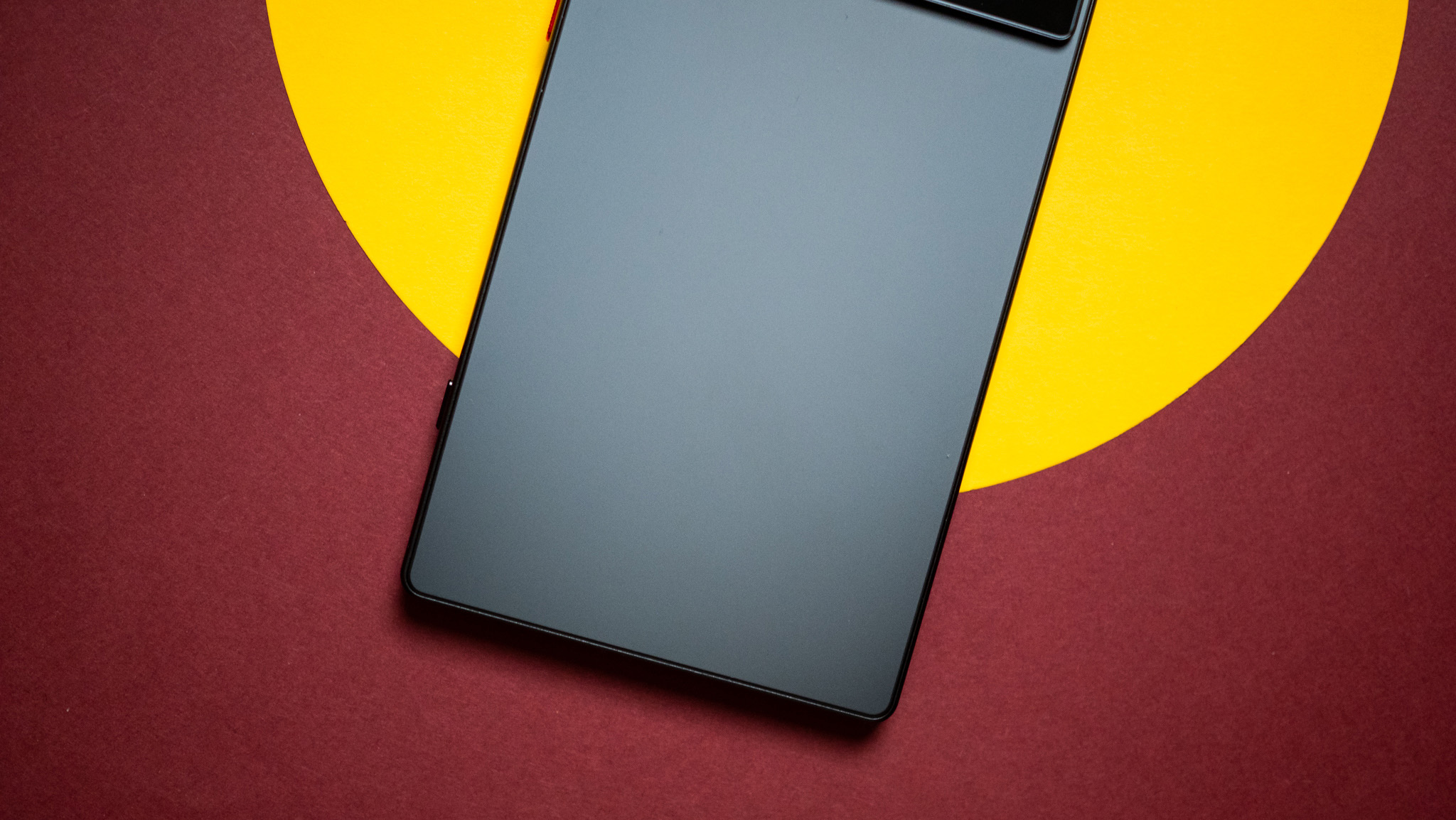
Nubia unveiled the Z70 Ultra on November 21, 2024, and the phone is now available globally. The base 12GB/256GB model is available for $729 at Nubia’s website, and if you prefer Amazon, you’ll need to pay an additional $20 to get the same variant. The 16GB/512GB edition costs $829, and there’s also a 24GB/1TB model that will set you back by $949.
If you are interested in the phone, I’d recommend getting the Starry Night color option. It looks particularly striking, and makes the device that much more distinctive. It is limited to the 16GB/512GB variant, but the unique styling alone makes it a great choice.
| Category | Nubia Z70 Ultra |
|---|---|
| Display | 6.85-inch 144Hz AMOLED, 2688 x 1216, 2000 nits max, Longxi glass |
| OS | Nebula AIOS based on Android 15 |
| Chipset | Snapdragon 8 Elite, Adreno 830, 3nm |
| RAM | 12GB/16GB/24GB LPDDR5X |
| Storage | 256GB/512GB/1TB UFS 4.0 |
| Rear camera 1 | 50MP 35mm Sony IMX906 f/1.6 – f/4.0, OIS |
| Rear camera 2 | 64MP 85mm tele with OIS, 2.7x optical zoom |
| Rear camera 3 | 50MP 18mm wide-angle lens |
| Front camera | 16MP f/2.5, 24mm |
| Ingress protection | IP68 and IP69 dust and water resistance |
| Connectivity | Wi-Fi 7, Bluetooth 5.4, AptX suite, Snapdragon Sound, NFC, dual-band GPS, USB-C 3.2 |
| Security | Optical fingerprint sensor |
| Audio | USB-C, stereo sound |
| Battery | 6150mAh silicon-carbon battery, 80W USB PD 3.0 charging |
| Dimensions | 164.3 x 77.1 x 8.6mm, 228g |
| Colors | Starry Night, Gold, Black |
Nubia Z70 Ultra: Design
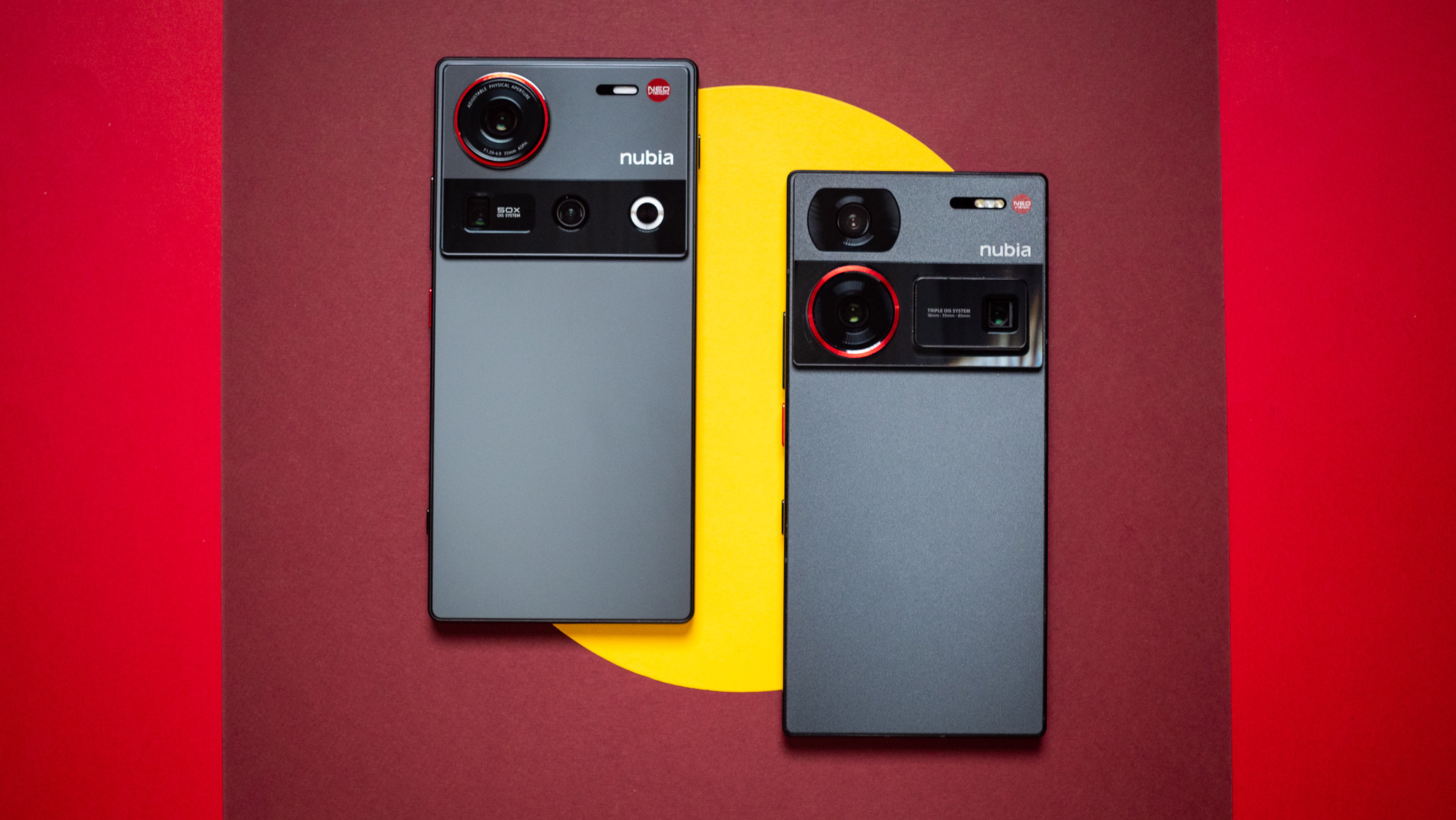
Nubia didn’t change the design to any noticeable degree, and other than a cleaner camera island at the back, the Z70 Ultra is virtually indistinguishable to its predecessor. It’s still a giant slab of a phone, and while it is 18g thinner than the Z60 Ultra, it still weighs 228g, and it’s the heaviest phone I used by some margin in recent months.
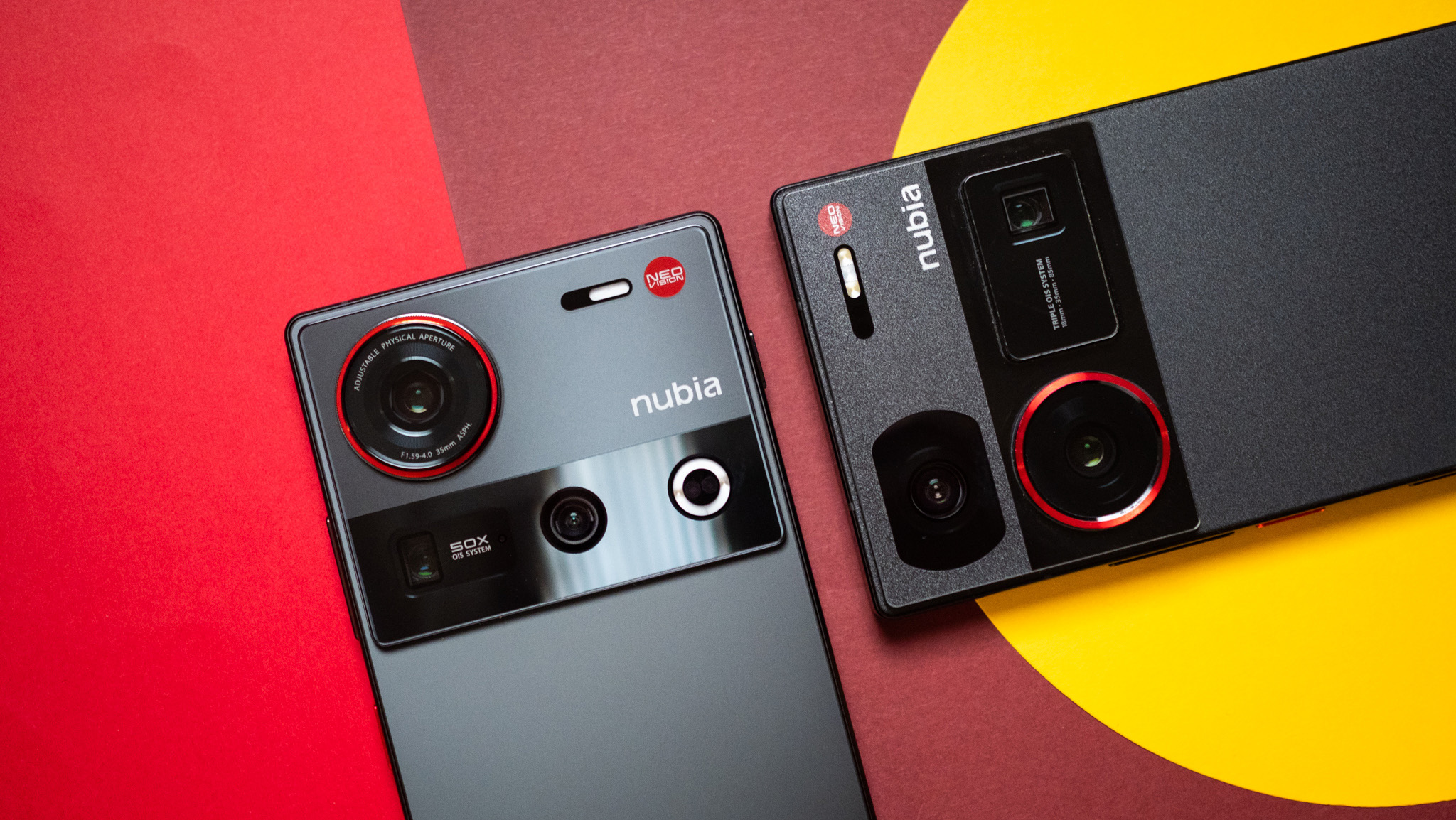
If anything, the Z70 Ultra is heavier than foldables like the Magic V3, and that’s without adding a case into the mix. While the Starry Night model is obviously the most interesting of the lot, I got the regular black model, and it doesn’t have anywhere close to the same design flair. The back has a satin finish that feels good to hold, and it doesn’t attract smudges, so that’s a win.
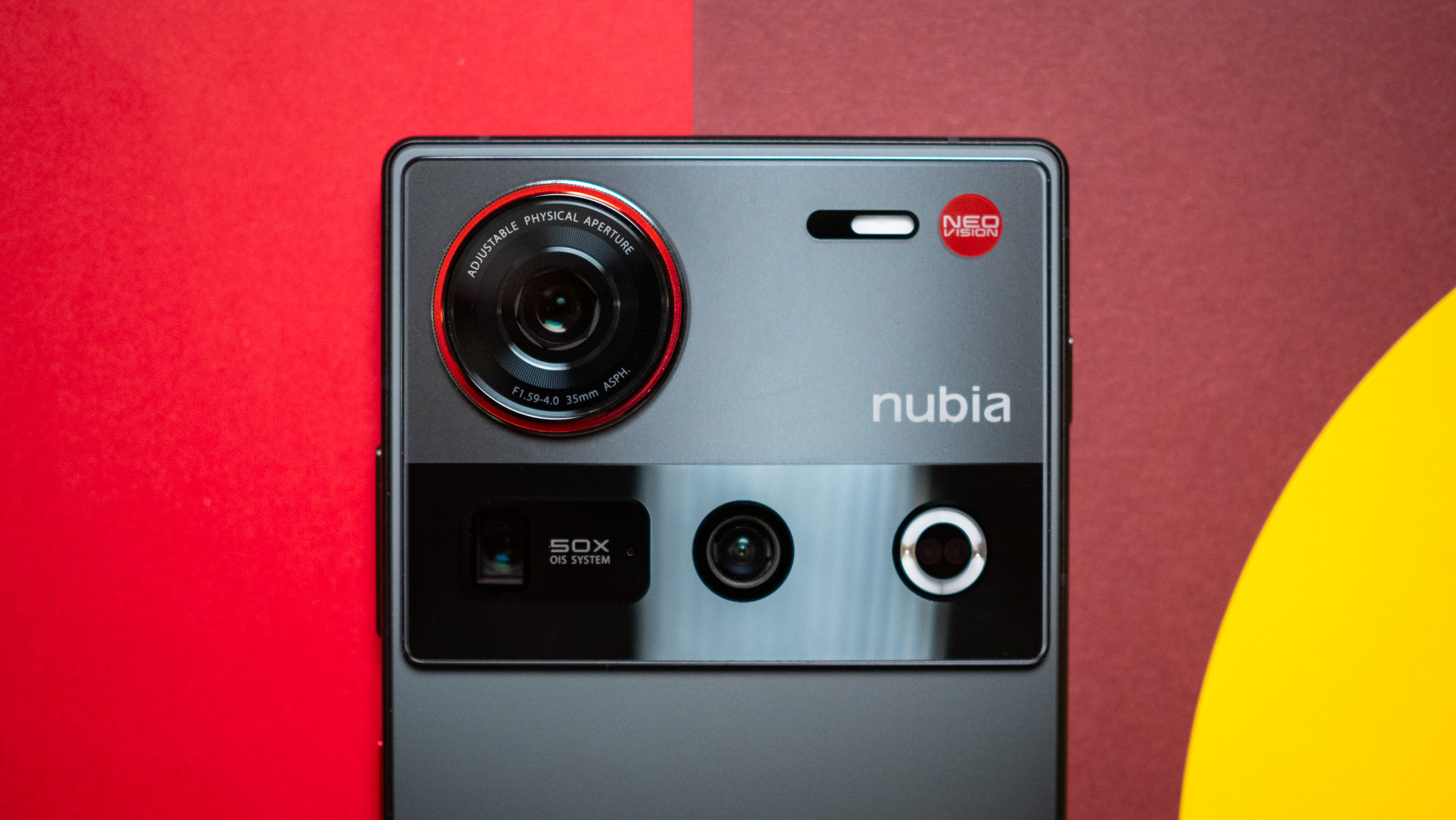
You still get a sizeable camera island that covers the entire top third at the back, but Nubia did a good job tidying up the arrangement of the modules. The main camera is the only one that gets a red-accented ring this time, with the other modules and LED flash sitting underneath. While it looks cleaner, the main lens protrudes quite a bit from the chassis, and it makes the phone wobble when using it on a table.
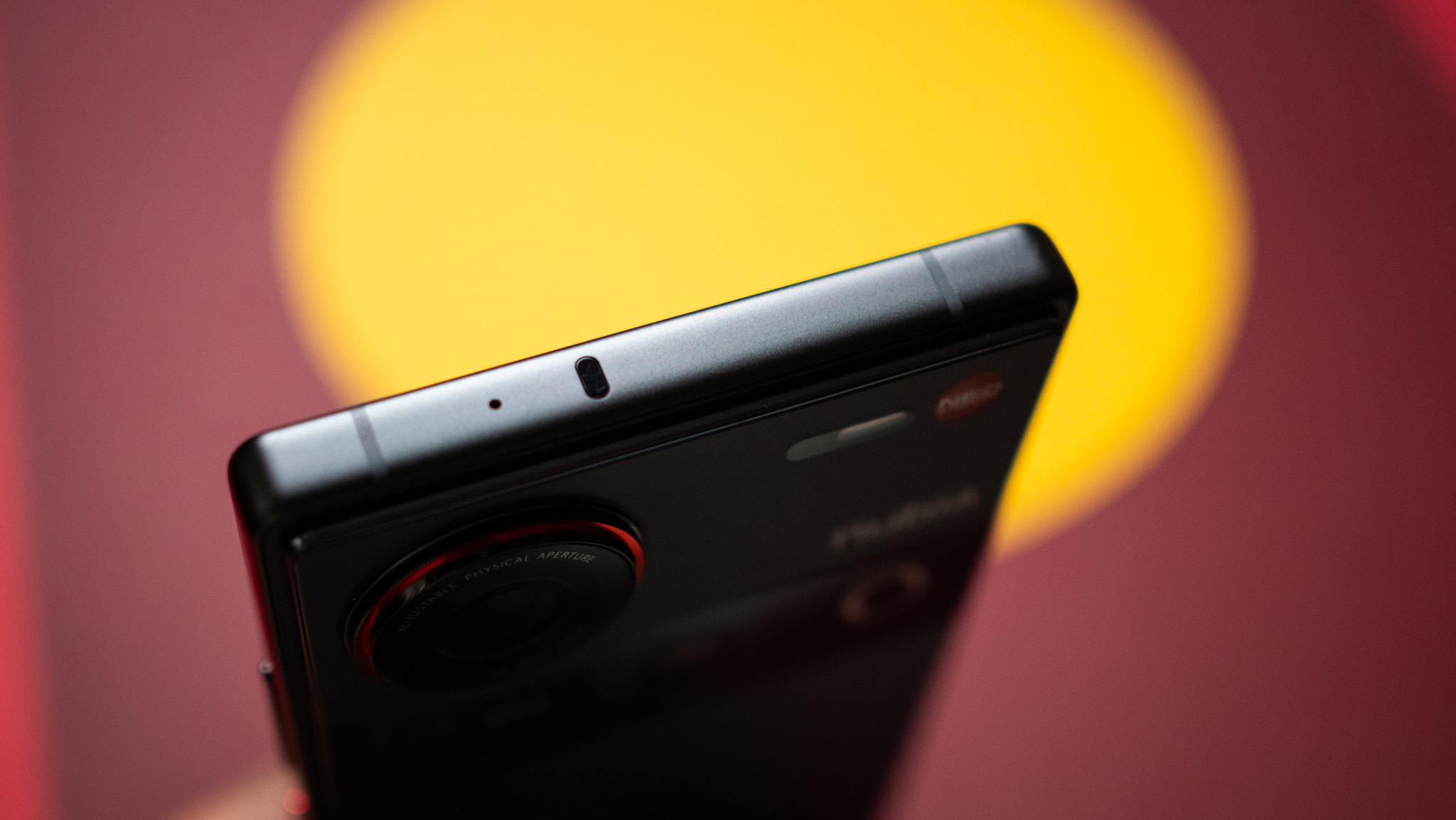
Like every other phone these days, the Z70 Ultra has flat sides, but there are ever-so-slight bevels that make holding it comfortable. What I like is that the sides have the same texture as the back, and that also makes a difference in usability. Weight distribution is balanced as well, and the phone doesn’t feel unwieldy in spite of its size and heft.
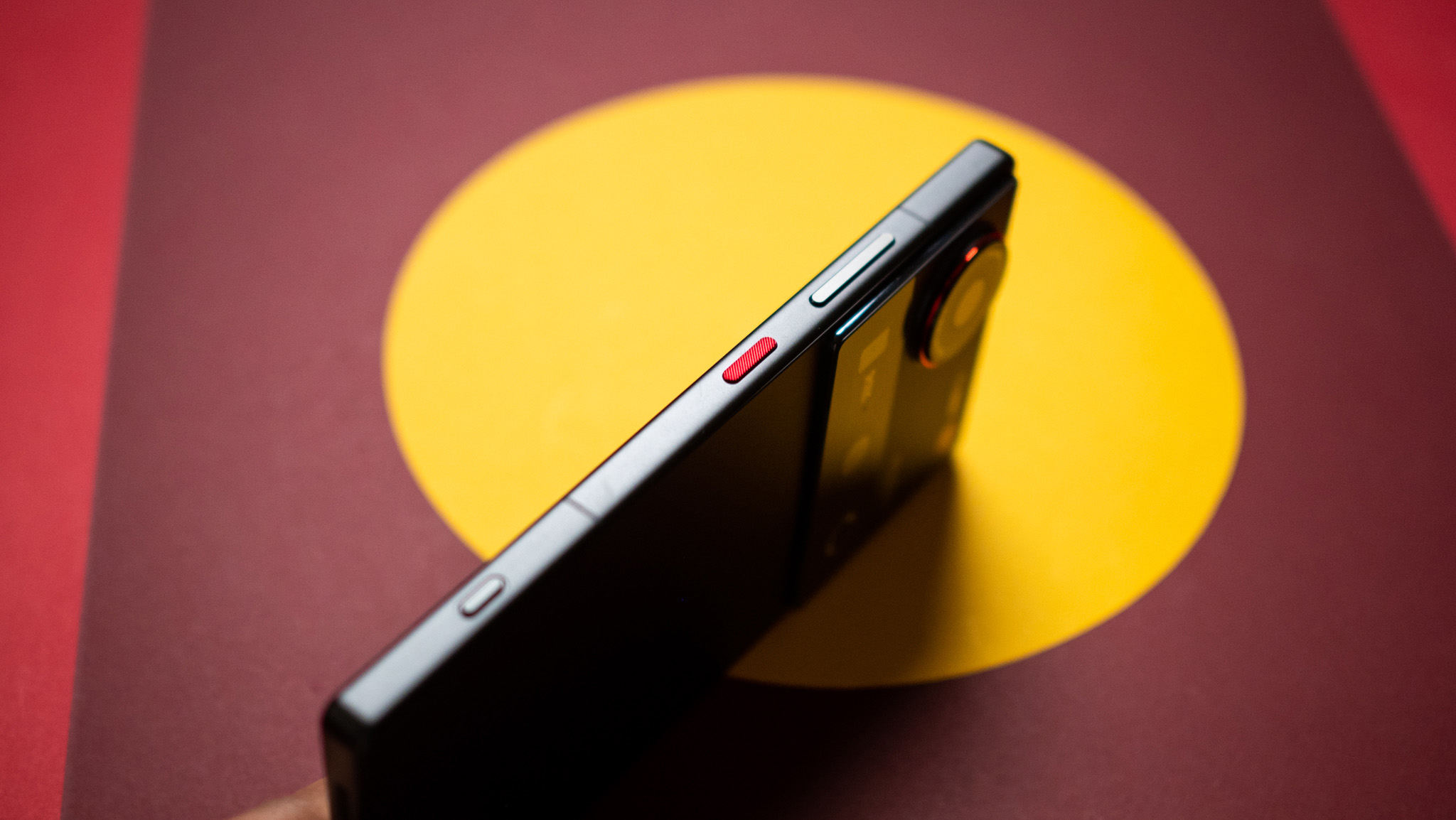
The power button gets the usual red accent, and it sits below the volume rocker. Interestingly, Nubia added a shutter button on the right side that lets you launch the camera and take photos. Unlike the Find X8 Pro and iPhone 16 Pro Max, it is a physical button, but it doesn’t quite have the same tactility as the power and volume buttons.
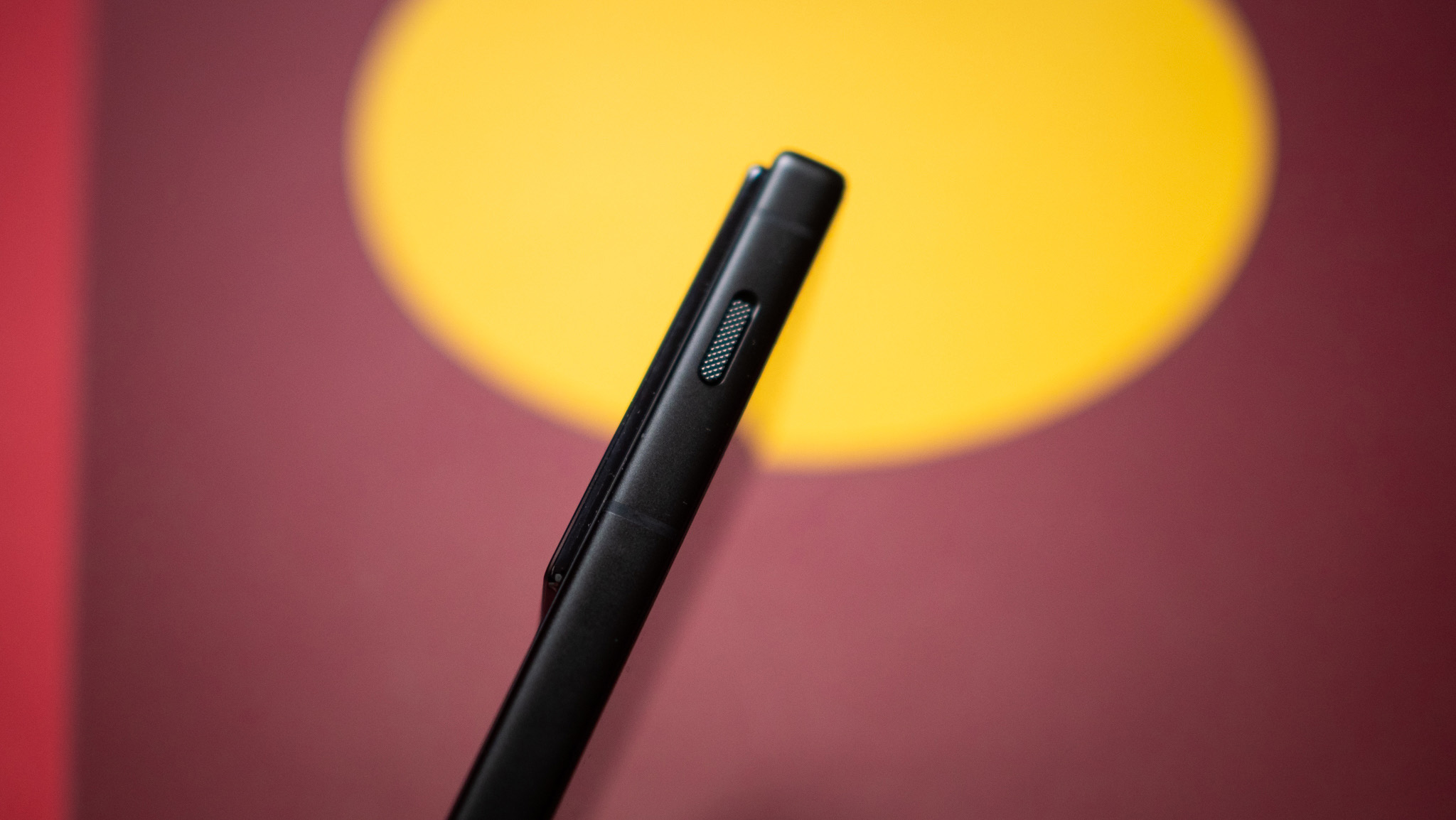
That isn’t all either; Nubia also added a slider button that sits to the left, and you can use this to launch the camera as well. The slider is customizable, so you can use it to toggle the flashlight, launch the gaming utility, switch to silent mode, or start dictating notes. I would have liked granular control, but the ability to toggle silent mode with a physical button is a decent enough start.
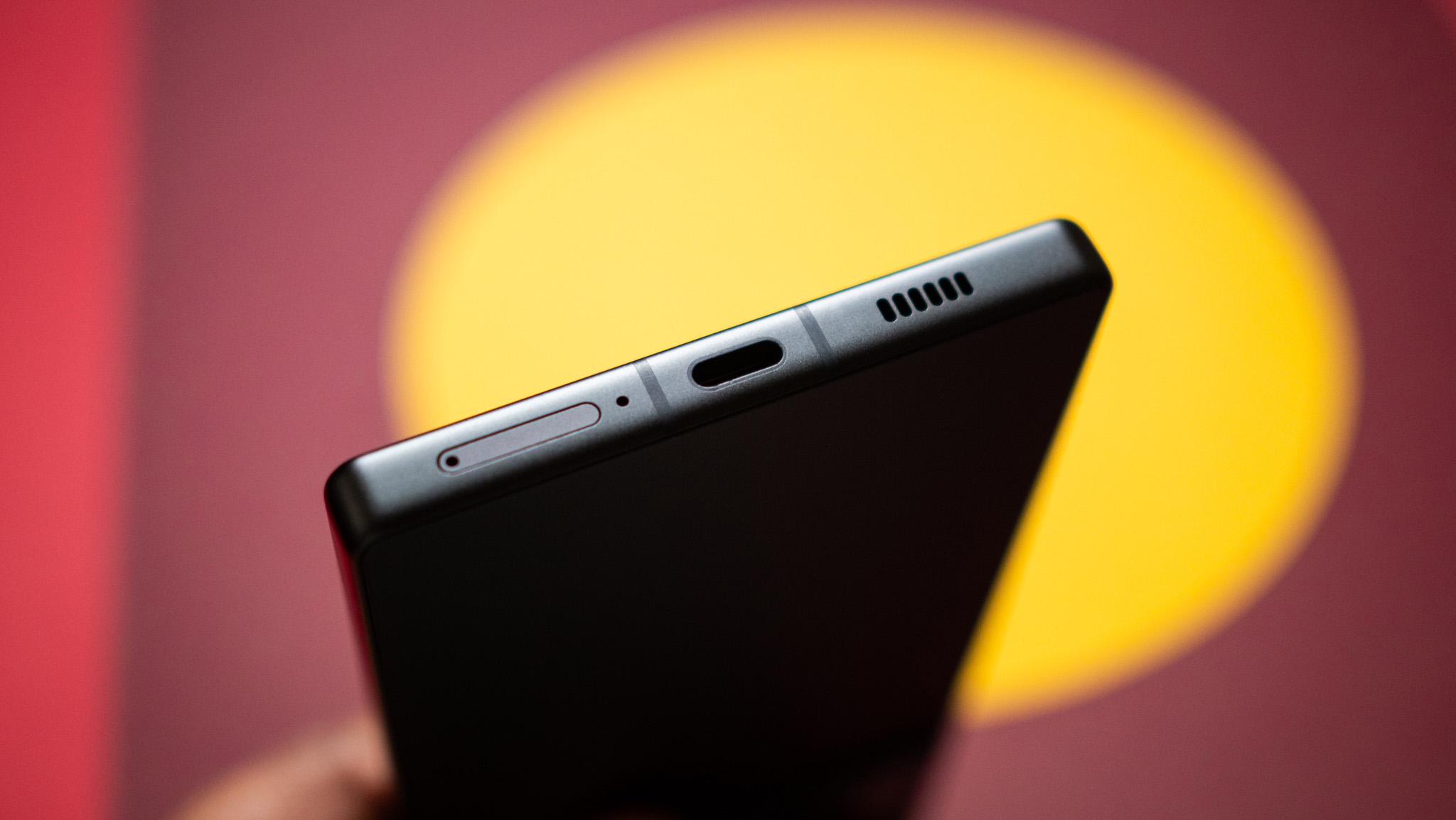
There are no issues with the optical fingerprint module; it’s located high up that accessing it isn’t a problem, and it is fast to authenticate. The phone also gets IP68 and IP69 ingress protection, so you can submerge it in 1.5 meters of fresh water and clean it with a pressure washer if so inclined.
I get the feeling that Nubia went overboard with physical buttons this time, but outside of that, the Z70 Ultra doesn’t have any shortcomings as such.
Nubia Z70 Ultra: Display
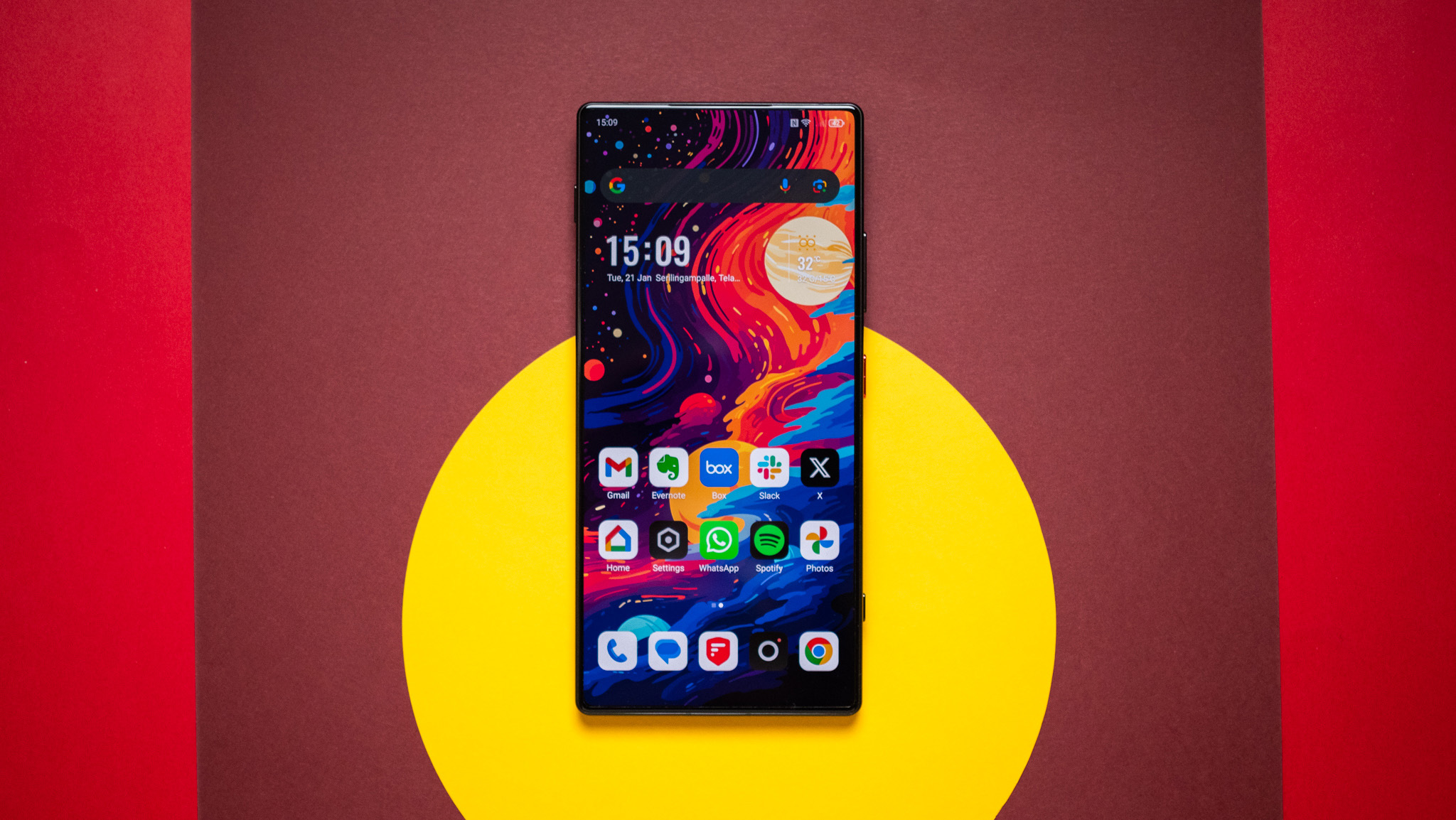
Obviously, the defining characteristic of the Z70 Ultra is that you get a massive 6.85-inch AMOLED panel without any visible cutouts. The phone uses an under-display camera module, and it isn’t noticeable unless you launch the selfie camera to take photos or make video calls. Not having a cutout mar the screen is amazing, and it definitely makes using the Z70 Ultra that much more immersive when streaming videos and gaming.
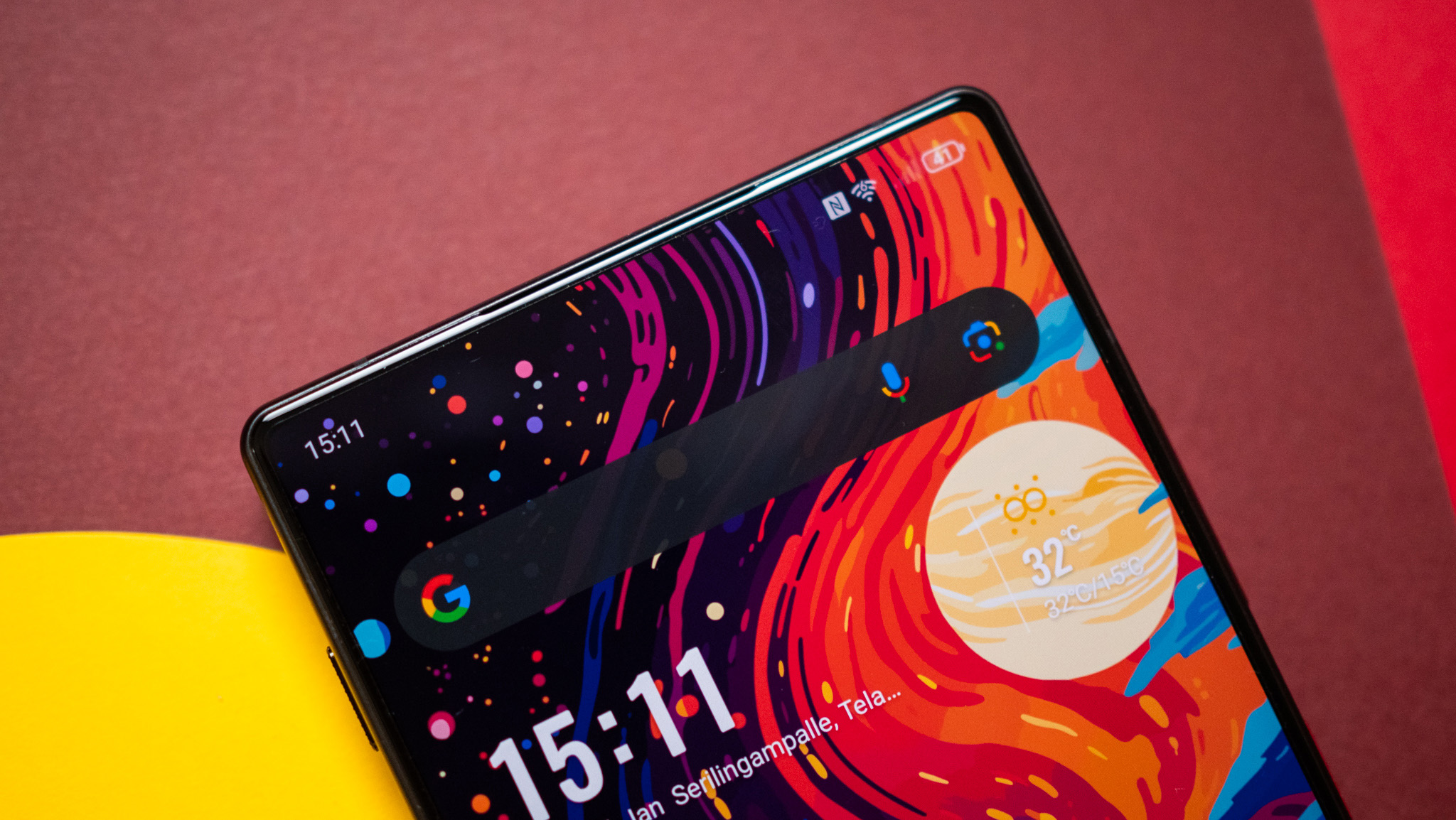
The panel itself has vibrant colors and a decent amount of customizability, and while it doesn’t get as bright as the Magic 7 Pro or Find X8 Pro, I didn’t have any issues under harsh sunlight. It goes up to 144Hz refresh, but that’s exclusive to gaming, and it defaults to 120Hz in daily use — like all other phones in this category.
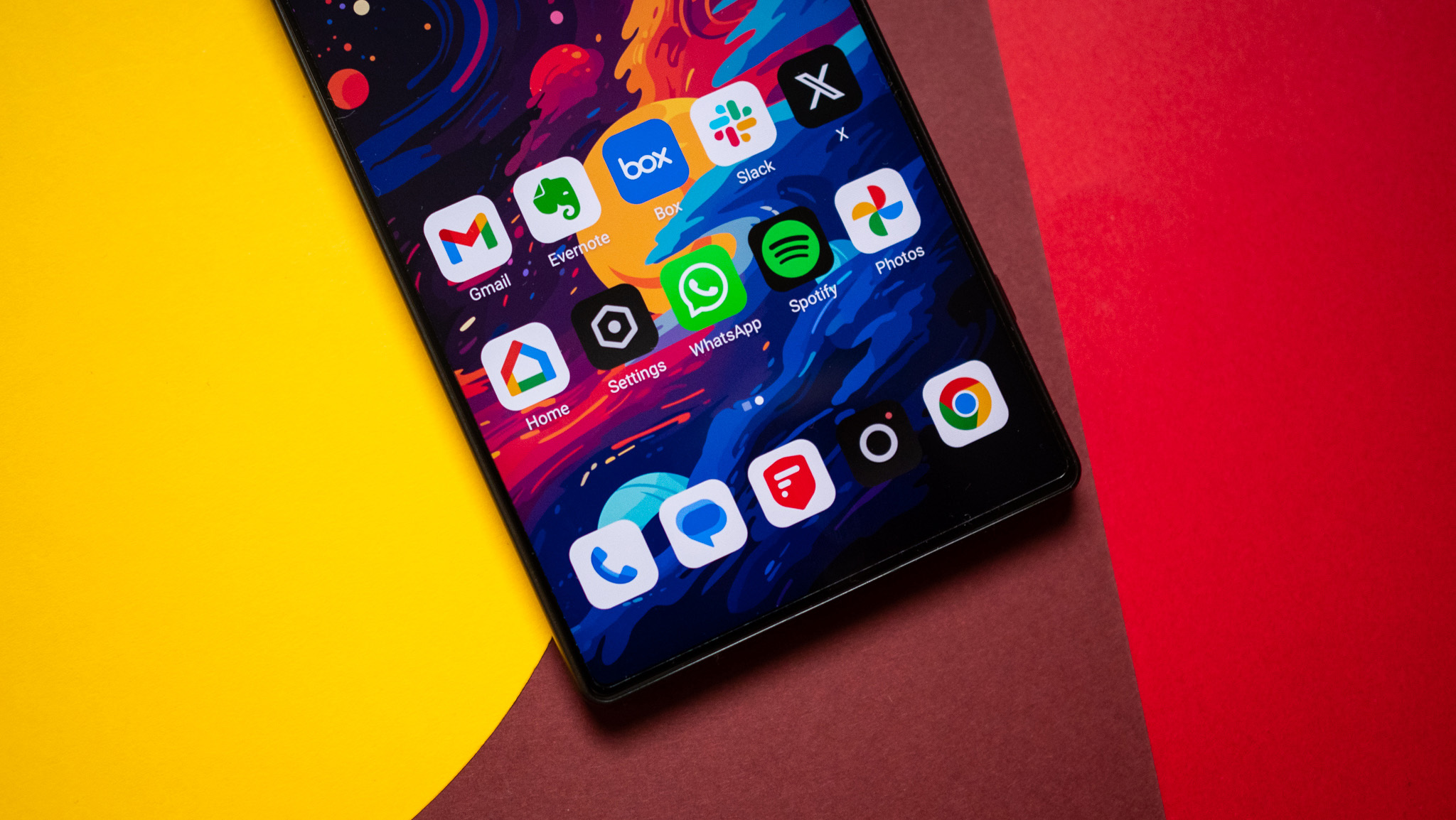
You get a dedicated reading mode that switches the panel to monochrome, and I used this feature extensively. At the other end of the scale, there’s HDR10 available, and I didn’t have any problems streaming HDR content in YouTube. Stereo sound is detailed, and it gets loud enough that you don’t need to use earbuds for casual gaming.
Nubia Z70 Ultra: Hardware and battery life
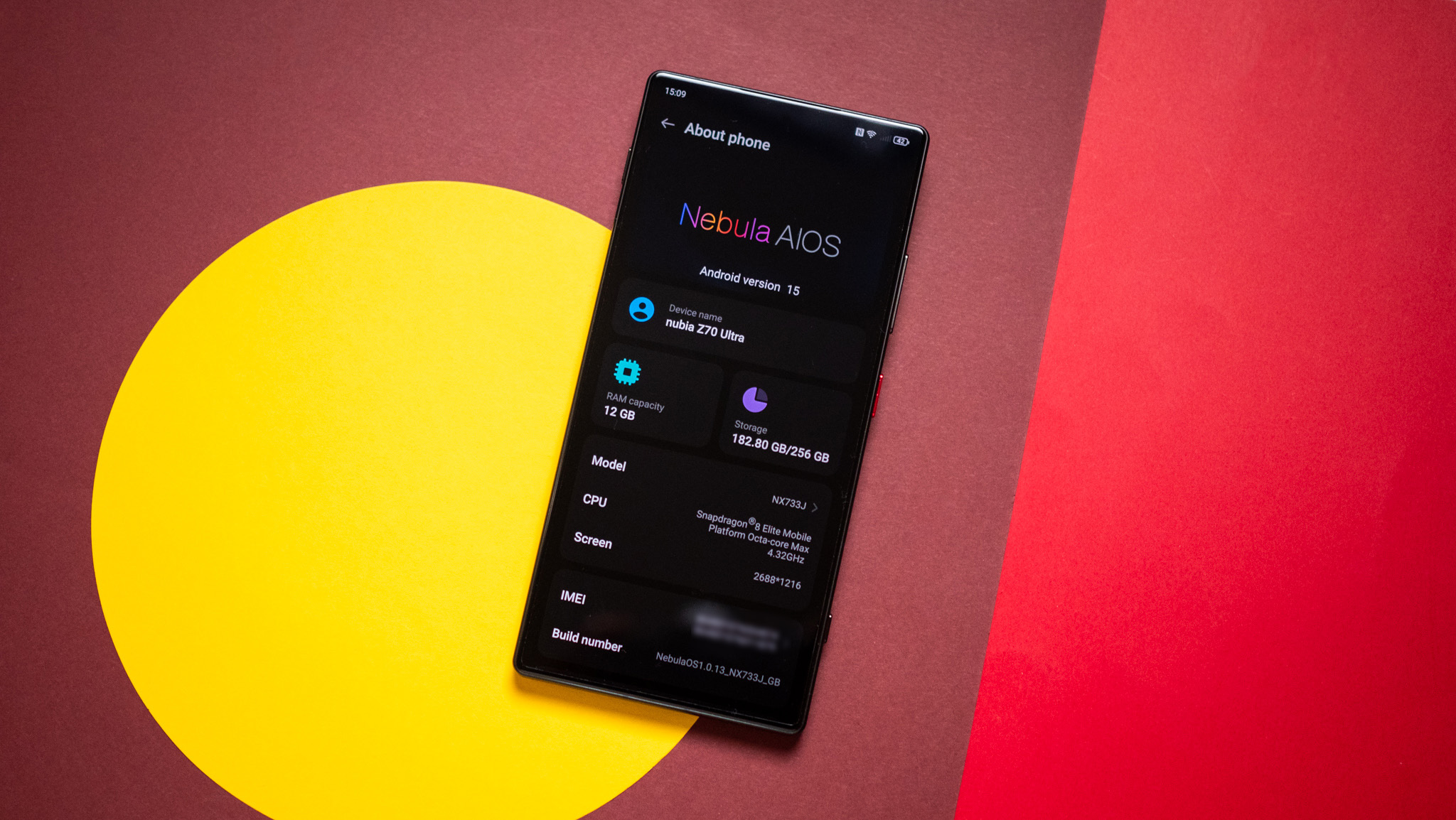
Nubia knows how to deliver a strong hardware package, and while it isn’t billed as a gaming phone, it holds up incredibly well in this regard. Of course, the Snapdragon 8 Elite contributes to this in a big way, but Nubia did a good job tuning the device to take full advantage of the platform. The base model has 12GB/256GB, but I’m using the 16GB/512GB edition, and I think this is the variant to get.
| Category | Nubia Z70 Ultra | Honor Magic 7 Pro |
|---|---|---|
| PCMark Work 3.0 (Overall) | 21844 | 21008 |
| PCMark Work 3.0 (Web Browsing) | 29457 | 24889 |
| PCMark Work 3.0 (Video Editing) | 9137 | 8072 |
| PCMark Work 3.0 (Writing) | 23380 | 27504 |
| PCMark Work 3.0 (Photo Editing) | 55311 | 40642 |
| Geekbench 6 (single-core) | 1771 | 2965 |
| Geekbench 6 (multi-core) | 6900 | 6342 |
| Geekbench AI (Quantized Score) | 3120 | 2115 |
| 3DMark Wild Life Extreme (score) | 6465 | 6391 |
| 3DMark Wild Life Extreme (FPS) | 38.71 | 38.27 |
| 3DMark Solar Bay (score) | 11289 | 11298 |
| 3DMark Solar Bay (FPS) | 42.93 | 42.96 |
There’s no lag anywhere, and the interface is fluid — even more so than the OnePlus 13. It is similar to what ASUS does on its phones, and it’s a delight to use. It does a much better job while gaming as well, easily able to cross 60fps in visually-intensive games. This is still a point of contention on most phones as manufacturers tend to be on the conservative side in this regard, so it’s good to see Nubia not limit gaming in any way.
It tends to run warm as well, but the upside is that it isn’t throttled anywhere as aggressively as other phones I used this year. In 3DMark’s Steel Nomad stress test, the device went up to a ridiculously-high 59 degrees Celsius — the hottest any device has gotten in my testing. Thankfully, this isn’t a problem in daily use, and it doesn’t get so hot as to be uncomfortable to use.
The vibration motor isn’t quite on the same level as what you get on other high-end phones, but outside of that quibble, I don’t have anything to point out on the hardware side of things. The Z70 Ultra uses the entire suite of Qualcomm codecs — just like ASUS — so you get all the high-res AptX codecs you need.
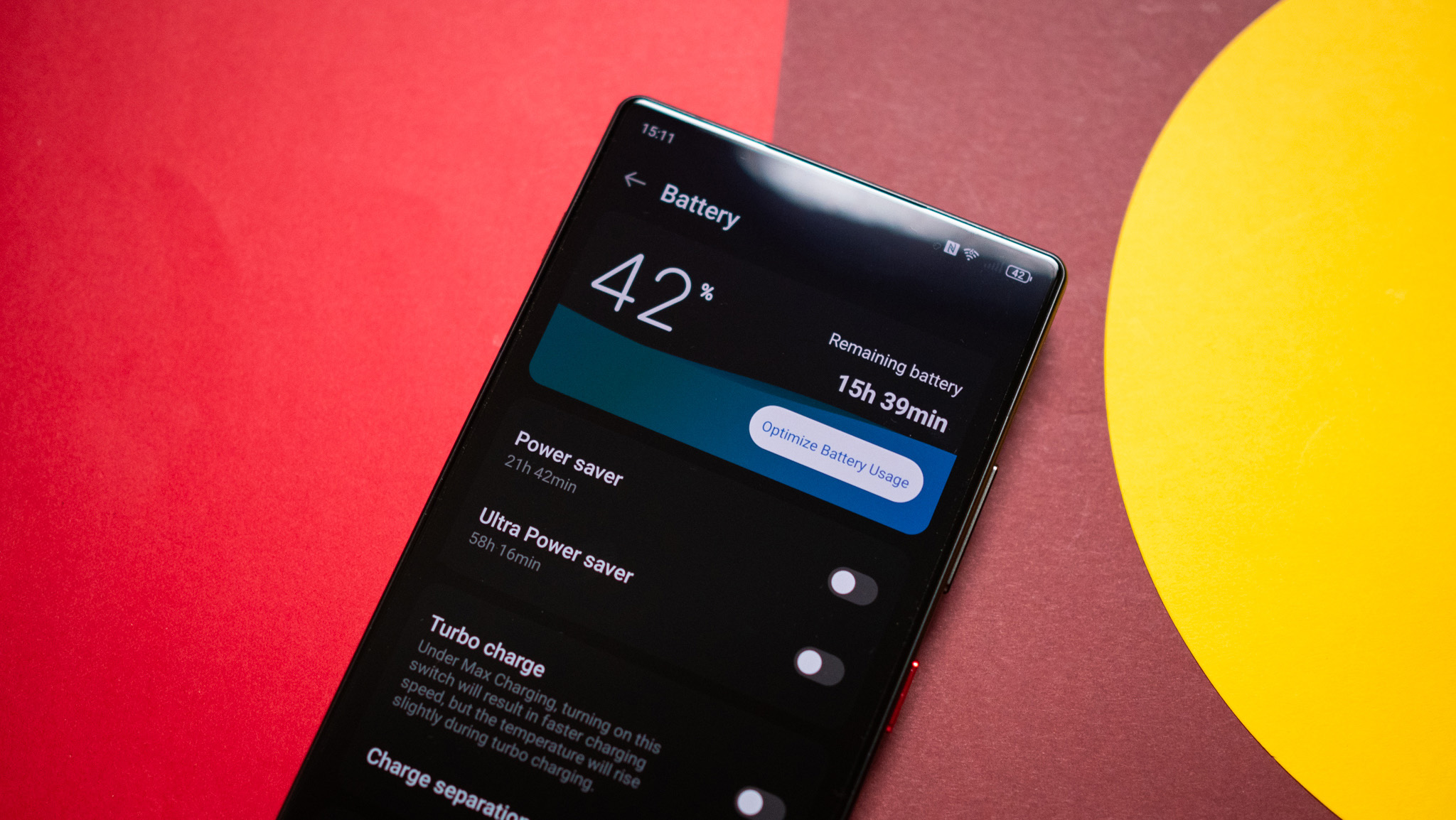
Switching over to battery life, the Z70 Ultra easily manages to last a day and a half between charges, and that’s down to the massive 6150mAh silicon-carbide battery. While not the best phone I used in this regard — Vivo’s X200 Pro still holds that title — there’s no battery anxiety whatsoever, and even with heavy use, the phone managed to last over a day with relative ease.
When you do need to charge the device, the bundled 80W charger takes under 50 minutes to top up the device, getting to the 50% mark in just 15 minutes. Nubia includes the charger in the box, and that’s something I need to mention these days, because even Chinese brands are now starting to emulate Samsung and just have a cable bundled with the phone.
Connectivity wasn’t an issue either, and I didn’t see any problems in regular use or while making calls. On the whole, this is one of the best hardware packages you can get today, and Nubia nailed the basics.
Nubia Z70 Ultra: Cameras
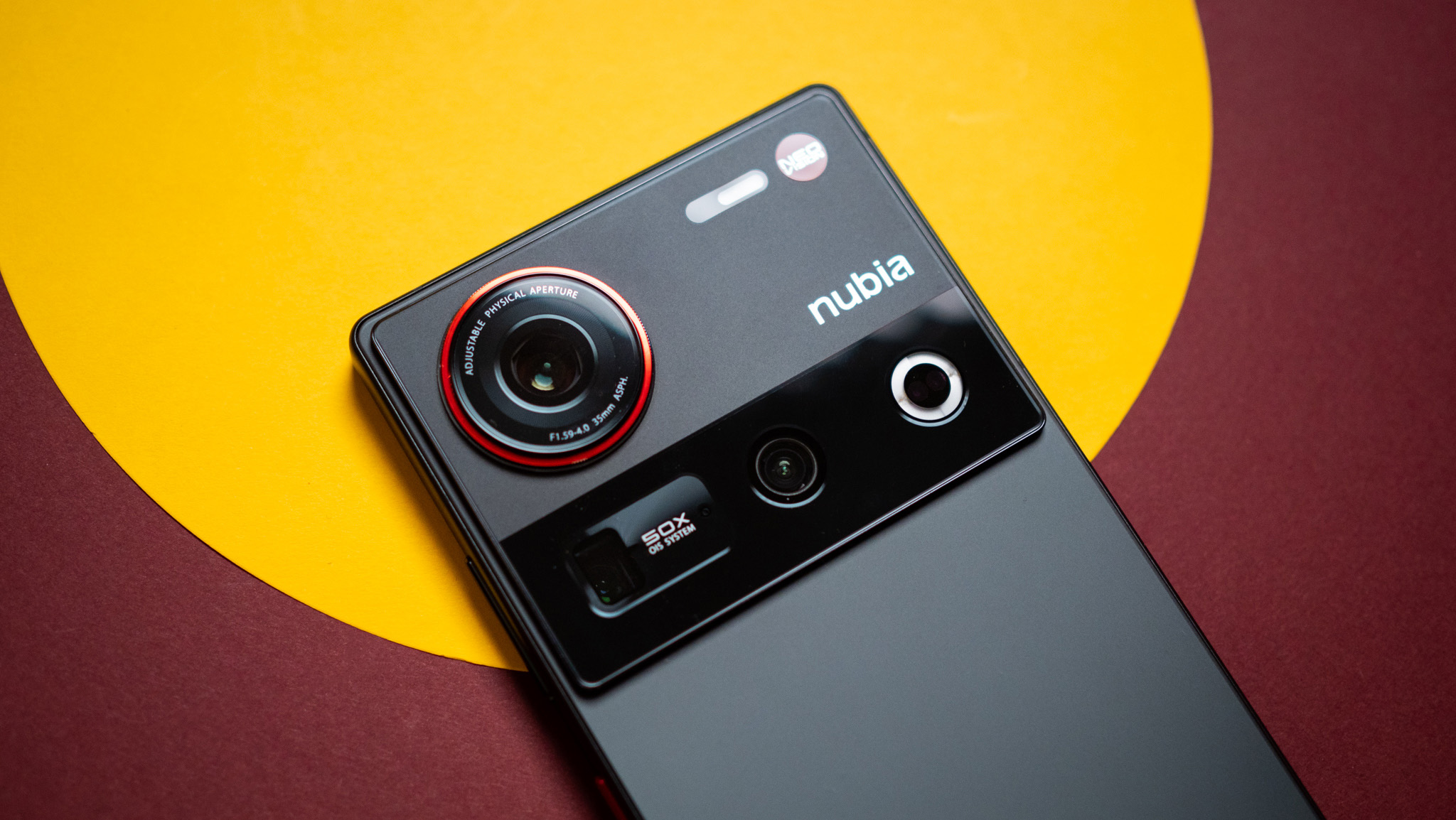
The Z70 Ultra comes with a 50MP Sony IMX906 main lens, and it goes from f/1.6 to f/4.0, providing decent flexibility in this regard. It’s joined by a 64MP OmniVision OV64B telephoto with 2.7x optical zoom and OIS, and a 50MP wide-angle lens. There’s a 16MP camera at the front, and while it doesn’t have autofocus, it is invisible in daily use, and that’s just plain cool.
The interface itself hasn’t changed much, and you get the ability to easily switch between the lenses and shooting modes. There’s 4K60 video with all the cameras at the back, but video quality just doesn’t hold up to what Vivo and other Chinese brands are doing.
Shots taken in daylight have good colors and dynamic range, but there are times when the resultant photos had cooler colors than usual. The wide-angle lens also has these issues, and it tends to wash out colors at times — you don’t get the same tonal balance as the main lens. The phone takes a smidgen longer to focus on a subject, but thankfully there’s no shutter delay when you take an image.
Both cameras are decent at night, but again, they’re nowhere at the same level as the Vivo X200 or Find X8. You get usable photos with good details, but they’re not the best cameras — not by a long shot. The 64MP telephoto holds its own, thankfully, delivering detailed shots at 2.7x. What I like about the lens is that it doubles as a portrait shooter, and it does a good job in this area.
While it doesn’t go toe-to-toe with the best Vivo and OPPO phones, the Z70 Ultra produces decent photos in any situation.
Nubia Z70 Ultra: Software
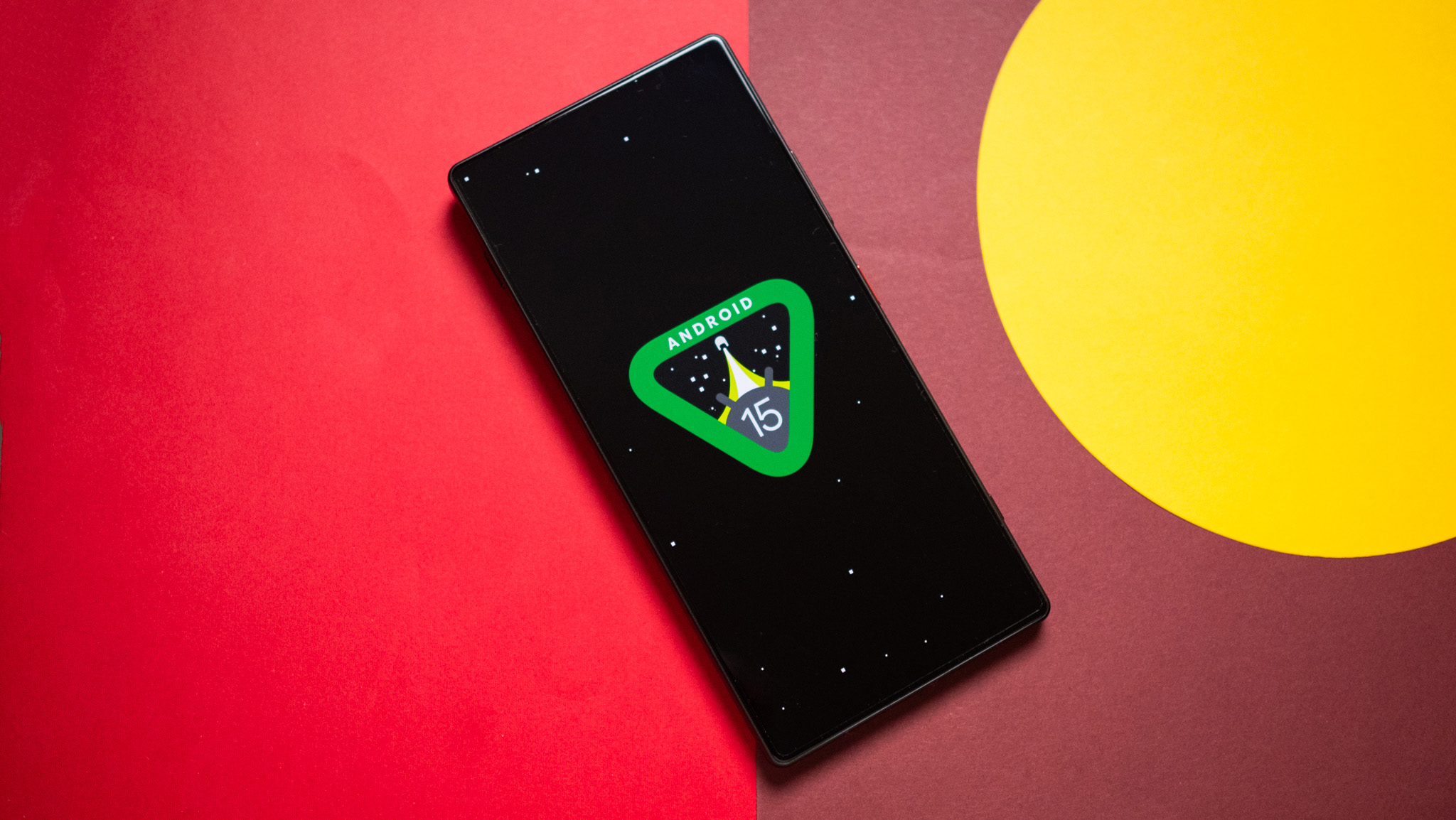
Like every other manufacturer these days, Nubia is leaning heavily into AI with its software, and the result is a rebadged name: Nebula AIOS. That said, the interface is identical to last year’s MyOS, and I don’t really see any difference in the visual design or feature-set.
Dubiously, you don’t get much in the way of AI-assisted features on the Z 70 Ultra; other than a real-time call translation service and smart signal boosting, there isn’t anything that stands out. I don’t mind this as most AI features are of questionable value anyway, but Nubia went to the effort of rebranding its software, so the least it should have done is add some features that leverage on-device machine learning.
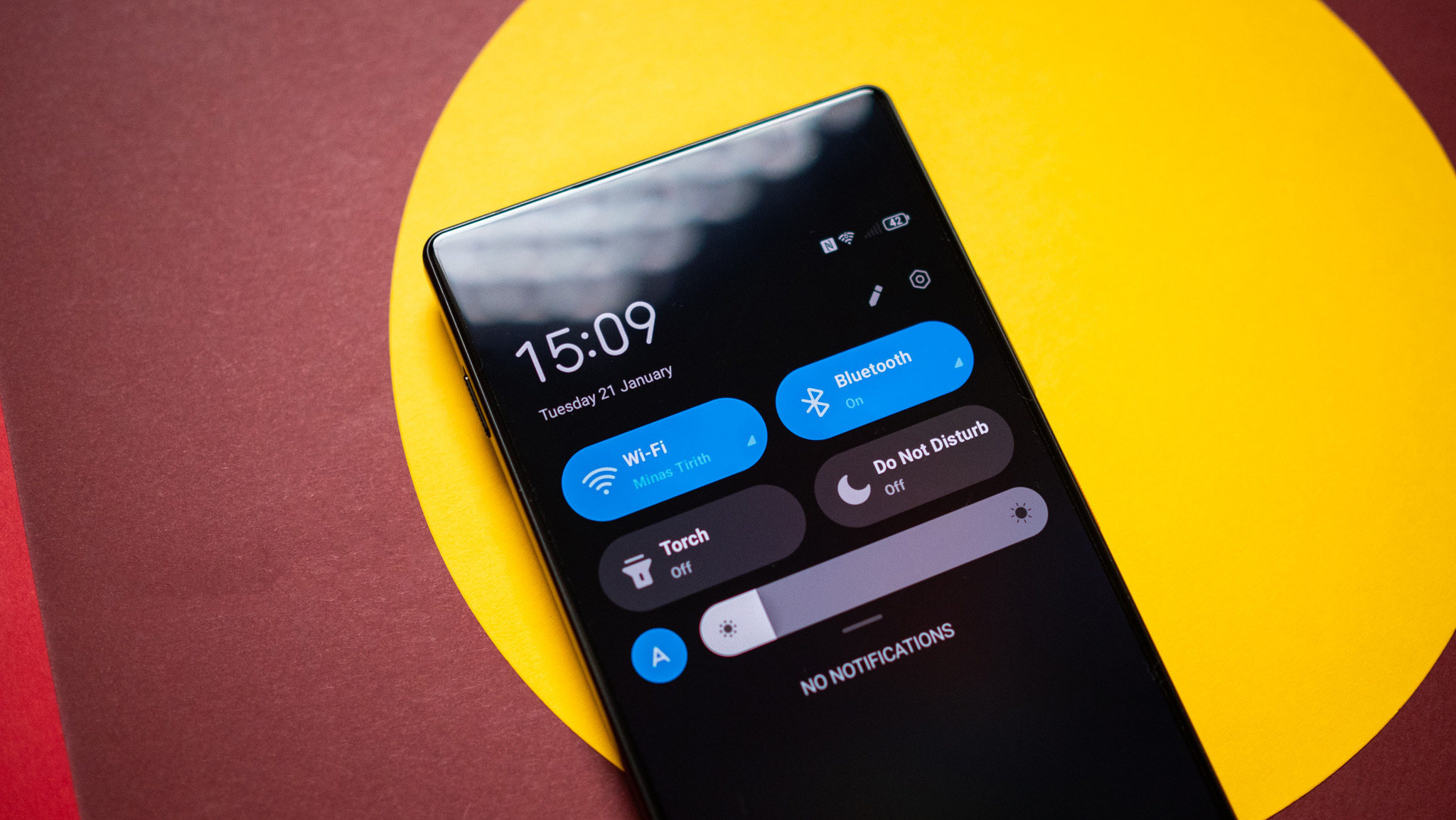
Outside of that though, I have no issues with the interface. The Android 15-based UI is clean and doesn’t have any overt styling, and Nubia deserves credit for not going overboard in this area (looking at you, Xiaomi). The fluidity is one of the best around, and it comes close to what ASUS manages on its own devices. While there’s no such thing as a vanilla Android interface any longer — even Pixels have distinct styling — the Z70 Ultra manages to stand out for its clean UI.
However, Nubia is still aggressive with memory management, so background services routinely close, and I had issues with push notifications once again — they just wouldn’t show up reliably. Overall though, it feels much better optimized than last year, and other than the issue with memory management, Nebula AIOS is great to use.
Nubia usually lags behind its Chinese rivals when it comes to updates, and that’s no different this time. The Z70 Ultra is guaranteed to receive three Android OS updates alongside three years of security updates, and that’s not on par with what you get with other brands. Considering that the Z60 Ultra is still on Android 14 with no mention of when the stable Android 15 build will roll out to the device, the Z70 Ultra isn’t likely to switch to Android 16 in a timely manner once the software version becomes available later this year.
Nubia Z70 Ultra: The alternatives
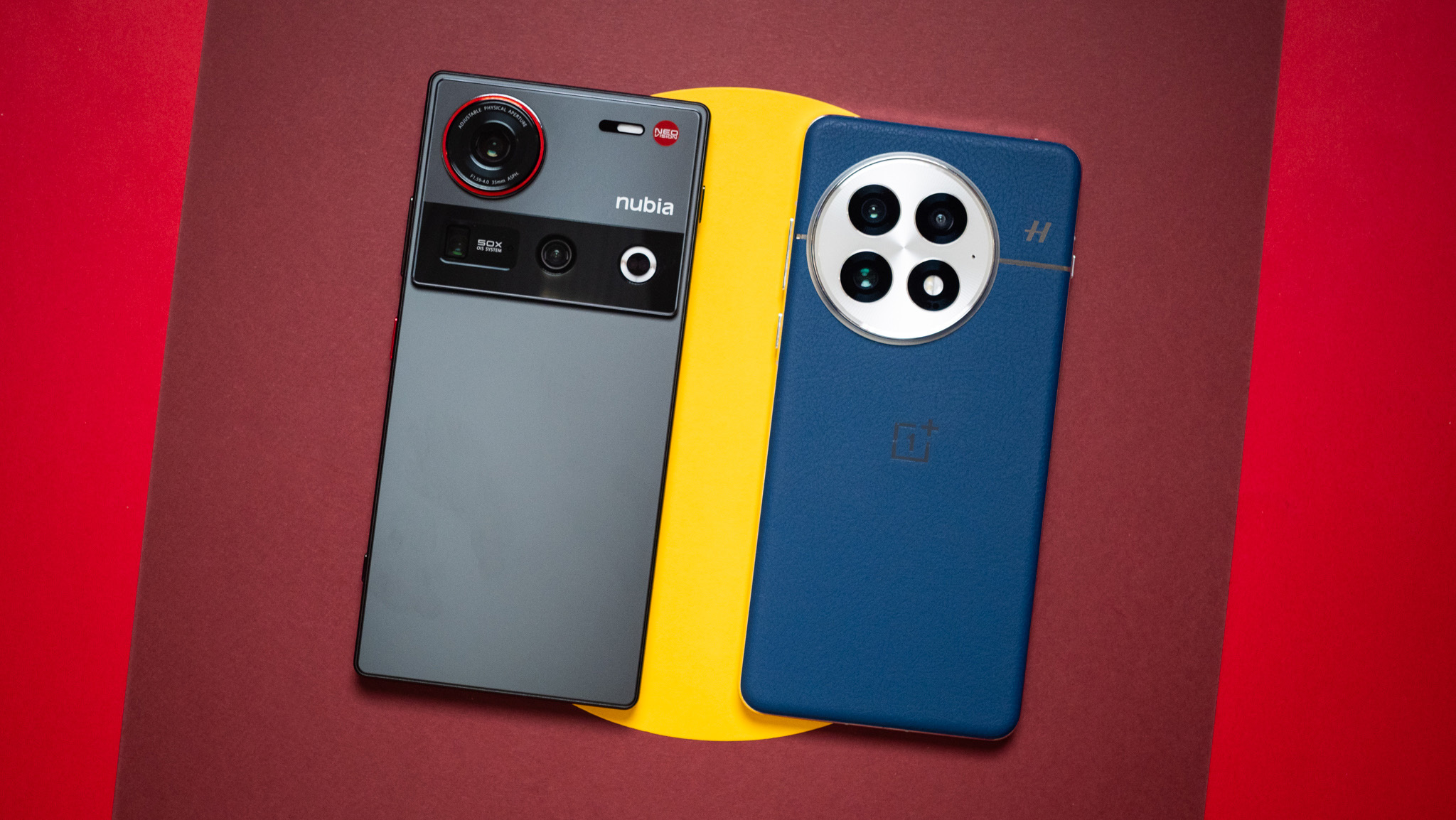
If you need a high-end phone that nails the basics, the OnePlus 13 is the ideal starting point. The device also has the same Qualcomm silicon, and it holds up well while gaming. You get much better cameras, and the design isn’t anywhere as unwieldy — particularly with the unique leather-backed model.
Vivo’s regular X200 is also a strong alternative. While it doesn’t quite have the best overall cameras, it’s a definite step up over what you get on the Z70 Ultra, and you’re not limited by the hardware — it has the same internals as the X200 Pro. Availability is an issue as Vivo doesn’t sell the device in the west, and Funtouch OS isn’t quite as good at extended gaming.
Nubia Z70 Ultra: Should you buy it?
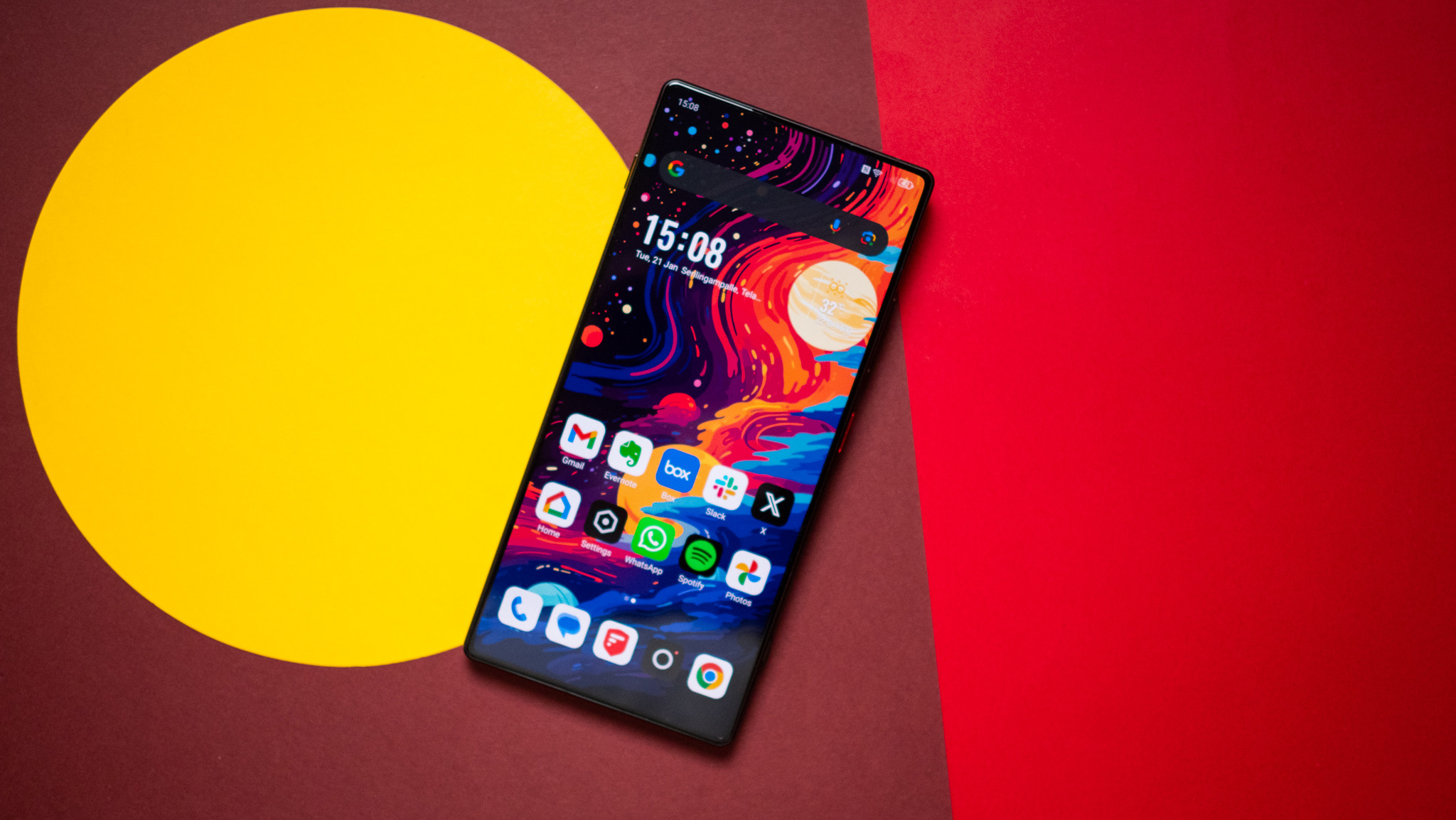
You should buy this if:
- You need a gaming phone that undercuts its rivals
- You want an AMOLED panel that doesn’t have any cutout
- You need a clean UI without much bloatware
- You want all the extras: IP68/IP69, AptX suite, and USB-C 3.2
You shouldn’t buy this if:
- You need feature-rich software and timely updates
- You want the best cameras
Ultimately, Nubia didn’t change the narrative too much with the Z70 Ultra; the phone retains a familiar design and has a clear focus on delivering one of the best hardware packages. The all-screen panel is a huge advantage, and it makes using the phone that much more immersive and enjoyable.
Other than the fact that it doesn’t last as long as the X200 Pro, I can’t find anything to fault with the hardware; the Z70 Ultra is incredible at gaming and everyday tasks, and you get the latest Qualcomm silicon and meaningful gaming-focused features. While the software isn’t quite as polished, I like that it has better optimization this time around, and the minimal styling makes it a decent alternative to bloated skins that are a mainstay with other Chinese brands.
The cameras are a sticking point; although the Z70 Ultra does a decent enough job in this area, the camera quality just doesn’t measure up to the likes of the OnePlus 13, Vivo X200, and the Find X8, and the inconsistent nature of the images suggests Nubia still has a long way to go in this area.
If you need the best hardware and don’t mind average cameras, the Z70 Ultra is a great choice — Nubia didn’t leave anything out, and it is one of the fastest phones I used. But if you need a great overall package, you’ll need to consider one of the Chinese alternatives.
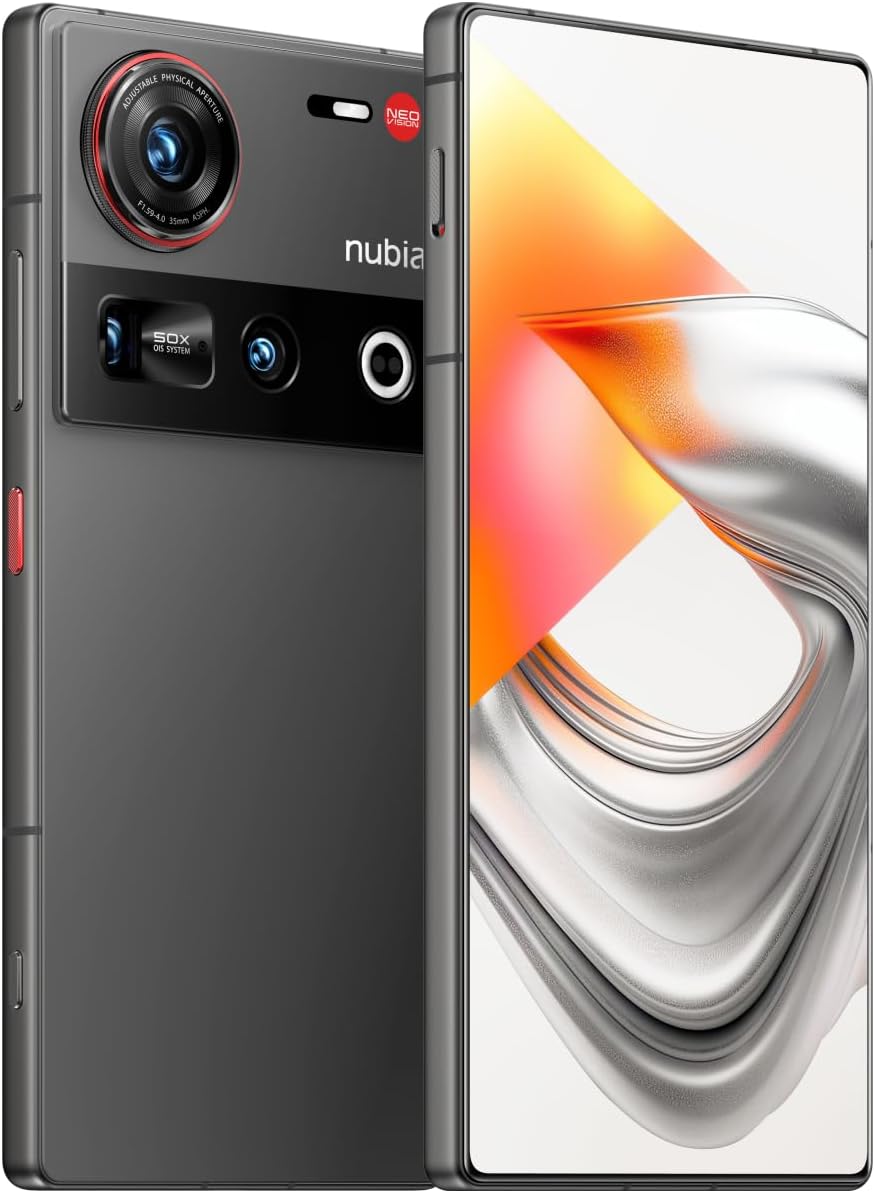
The Z70 Ultra doesn’t differ too much from its predecessor, but the software is better this time around, and it makes using the device that much more enjoyable. The unique design with the invisible selfie camera combined with top-tier hardware makes it a straightforward choice if you need a powerful phone in 2025.
